When it comes to avian wonders, few things capture our imagination quite like the enormous eggs of the world’s largest birds. These biological marvels represent extraordinary evolutionary adaptations, containing everything needed to develop a fully-formed chick without maternal body heat. The egg of the ostrich—Earth’s largest living bird—stands as the current record holder for size among extant species. However, the extinct elephant bird of Madagascar produced truly colossal eggs that dwarf even the impressive ostrich eggs. What lies within these remarkable structures, and how do they differ from the familiar chicken eggs in our refrigerators? Let’s crack open this fascinating subject and explore the contents of the world’s largest bird eggs.
The Record Holders: Elephant Birds of Madagascar
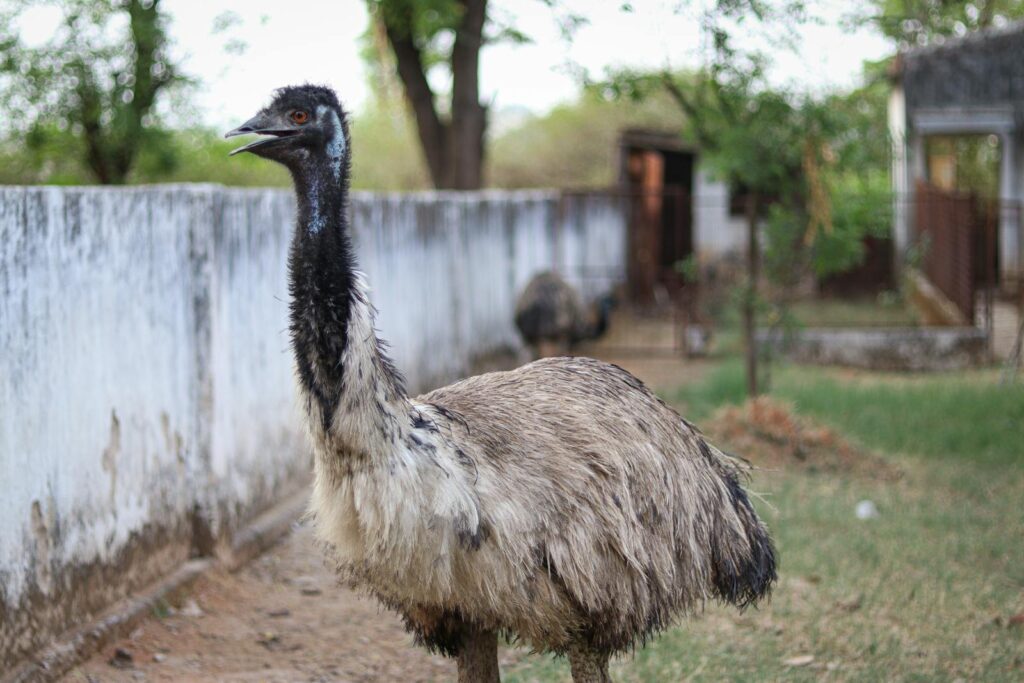
The undisputed champions of egg production were the elephant birds (Aepyornis and Mullerornis) of Madagascar, flightless ratites that went extinct around 1000-1200 CE. These massive birds produced eggs with volumes reaching an astonishing 160 times that of a chicken egg. A single elephant bird egg could measure up to 13 inches long, 9 inches wide, and hold approximately 2 gallons (7.5 liters) of fluid—equivalent to about 150 chicken eggs. The shell thickness alone measured nearly half an inch, creating a fortress-like protection for the developing embryo within. These eggs were so enormous that early European explorers in Madagascar sometimes mistook them for small canoes or vessels, leading to fantastical reports sent back to Europe.
Ostriches: Today’s Egg Giants
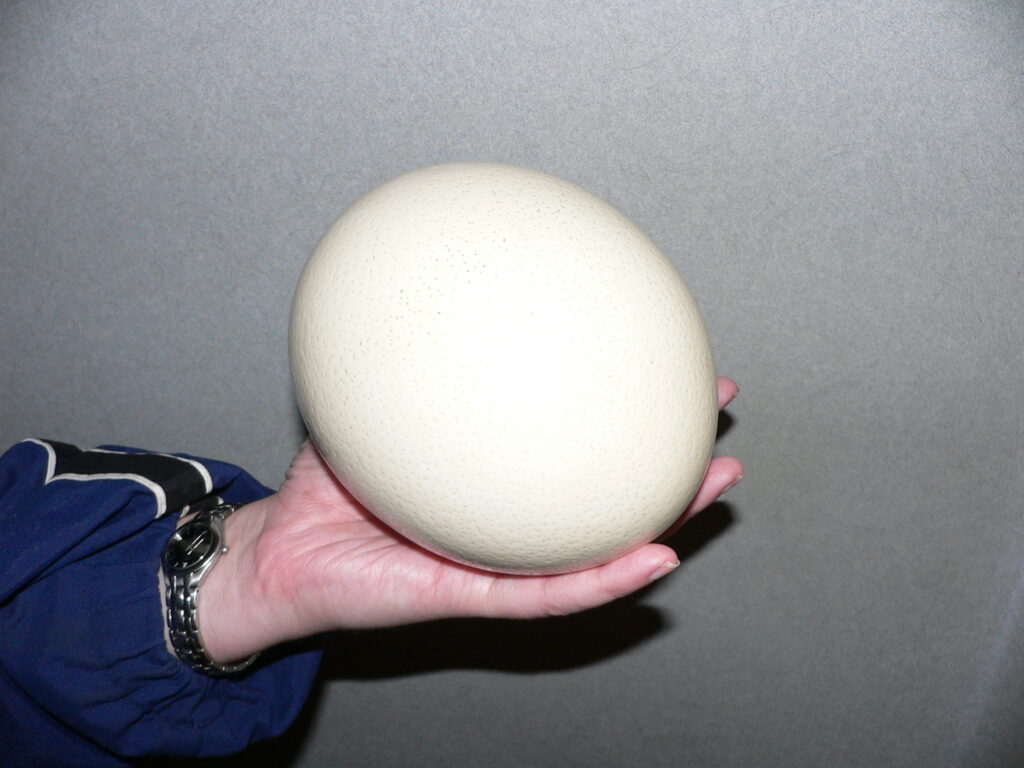
Among living birds, the ostrich (Struthio camelus) produces the largest eggs, though they’re significantly smaller than those of the extinct elephant birds. An average ostrich egg weighs between 3-5 pounds (1.4-2.3 kg) and measures about 6 inches long and 5 inches wide. Despite their impressive size, ostrich eggs are actually the smallest in proportion to the adult bird’s body weight among all avian species—a necessary adaptation that allows the female to safely lay the egg through her pelvis. The shell of an ostrich egg is remarkably strong, capable of supporting the weight of a fully-grown human without breaking, thanks to its dome-like structure that distributes pressure evenly. This strength is essential for protecting the precious contents during the 42-45 day incubation period.
The Basic Anatomy of Large Bird Eggs
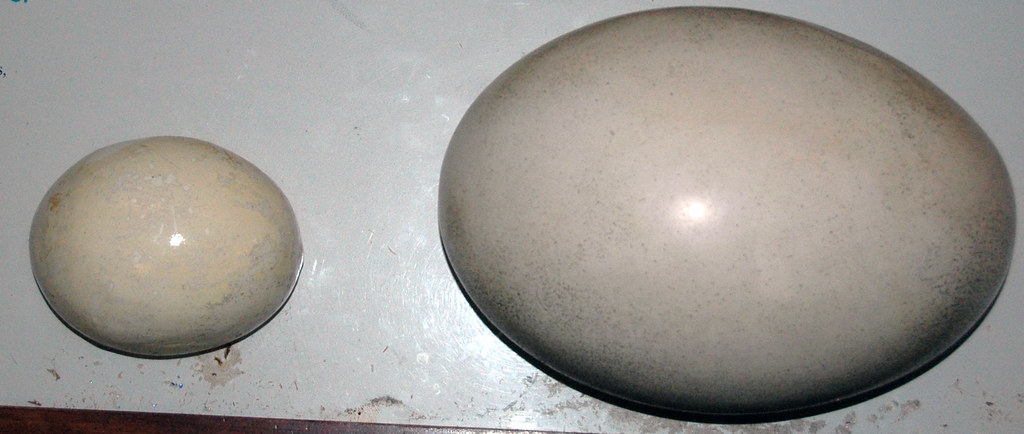
Giant bird eggs follow the same basic structural blueprint as all avian eggs, though scaled to impressive proportions. The exterior features a calcium carbonate shell dotted with thousands of microscopic pores that allow oxygen in and carbon dioxide out during embryonic development. Just beneath the shell lies a protective membrane that helps prevent bacterial invasion while maintaining moisture levels. Inside, the albumen (egg white) surrounds the yolk, providing both hydration and protein for the developing embryo. The yolk itself is a nutrient-dense food source, packed with fats, proteins, vitamins, and minerals that fuel embryonic development. In large eggs like those of the ostrich, these components are simply scaled up to provide sufficient nutrients for a much larger chick.
The Remarkable Yolk: Energy Powerhouse
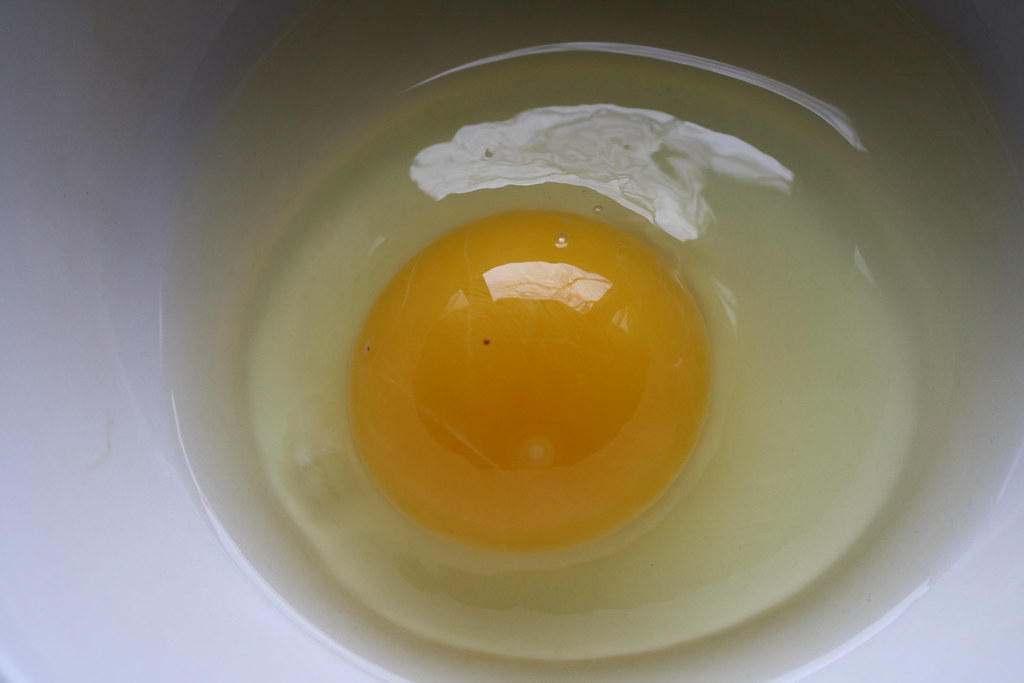
The yolk of the world’s largest bird eggs represents an extraordinary food supply that powers the entire developmental process. In an ostrich egg, the yolk constitutes about 60% of the total egg content—far more than the 30-35% in a chicken egg—and contains enough nutrients to sustain the growing embryo throughout its lengthy incubation. This golden-yellow center is essentially a compact package of energy, proteins, essential fatty acids, vitamins, and minerals. Unlike mammals, which receive continuous nourishment through a placenta, bird embryos must develop using only the resources packaged within the egg at laying. The yolk of large ratite eggs contains specialized fat deposits and protein structures that release nutrients gradually as the embryo develops, ensuring resources last throughout the entire incubation period.
Albumen: More Than Just Egg White
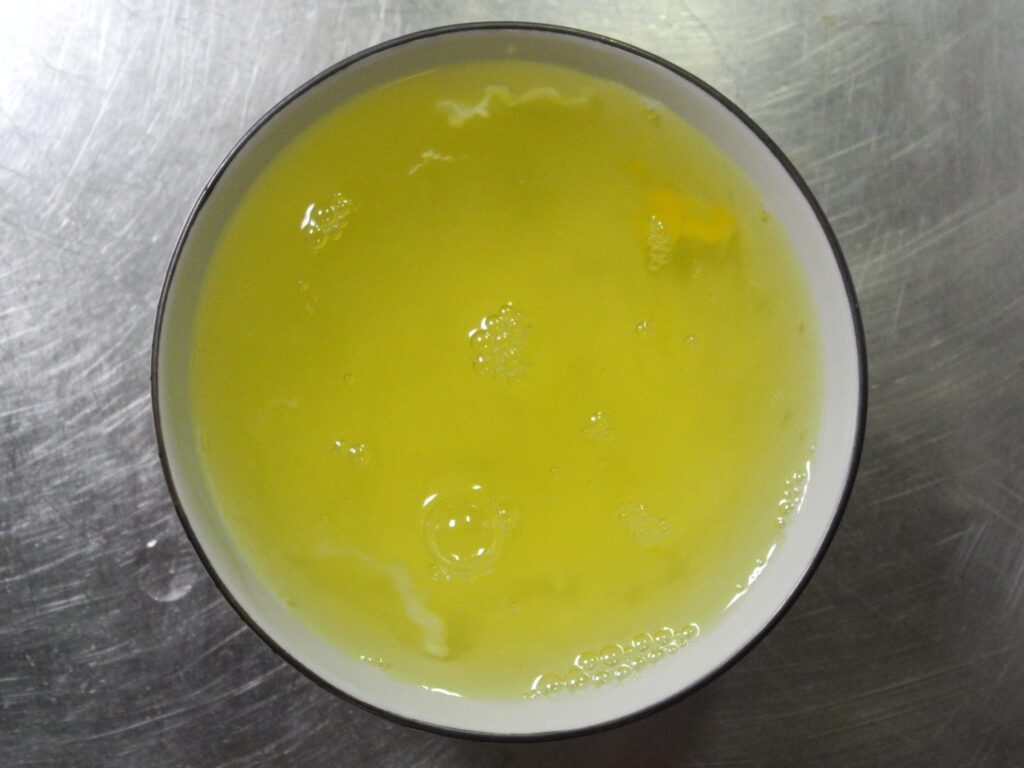
The albumen, commonly known as egg white, serves several critical functions beyond simply cushioning the yolk. In large bird eggs, this protein-rich fluid acts as the embryo’s primary water source, providing hydration throughout development. The albumen of an ostrich egg contains specialized proteins with antimicrobial properties that help protect the developing embryo from harmful bacteria that might penetrate the shell. It also contains proteins that bind to vitamins and minerals, carefully regulating their release to the embryo at appropriate developmental stages. As incubation progresses, the albumen gradually thins and is absorbed by the embryo, with its proteins being broken down into amino acids that contribute to tissue growth.
Air Cell: The Embryo’s First Breath
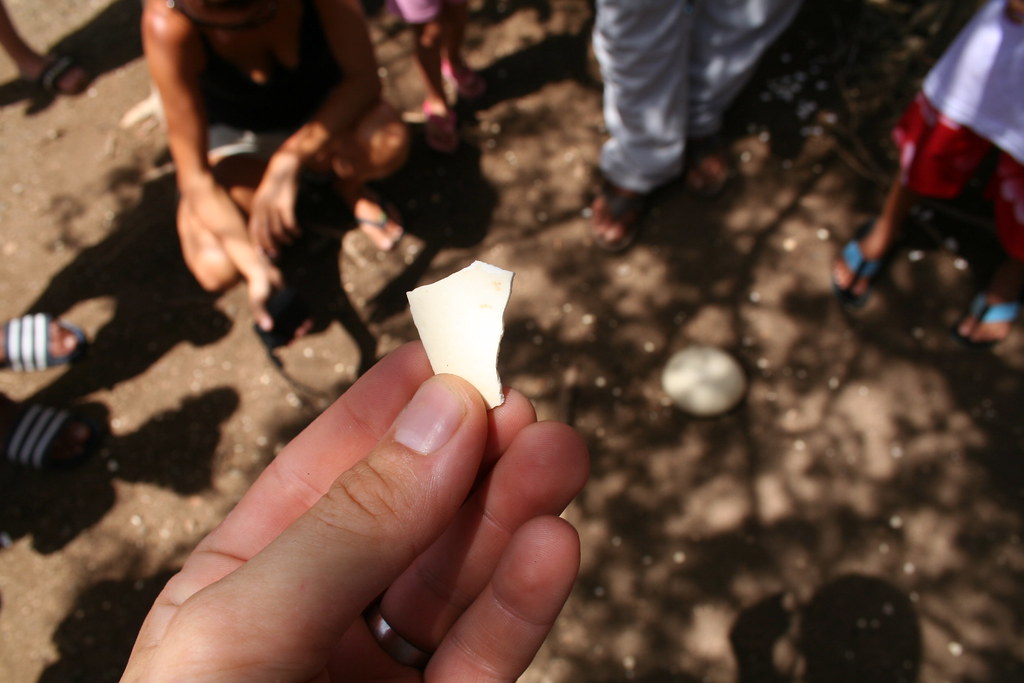
At the blunt end of large bird eggs lies a small pocket of air known as the air cell or air sac, which expands as the embryo develops. In ostrich eggs, this air cell can grow to be several inches across by the end of incubation. This space serves a critical function during the final stages of development, as it provides the chick with its first breath of air before hatching. The developing embryo eventually pierces the membrane separating it from the air cell in a process called internal pipping, allowing it to begin breathing air while still inside the egg. This transitional breathing system helps the chick gradually switch from embryonic respiration to air breathing while building strength for the demanding task of breaking through the thick shell.
Embryonic Development in Giant Eggs
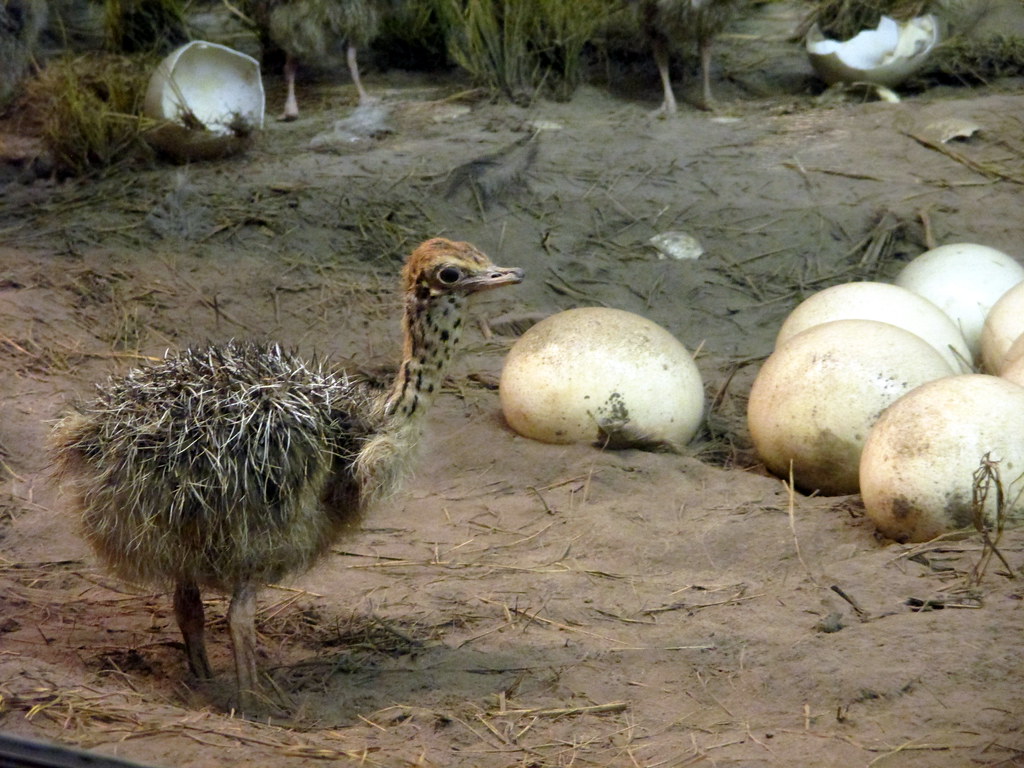
The developmental journey inside a large bird egg is a marvel of nature, occurring on a much grander scale than in smaller species. Ostrich embryos develop over approximately 42 days, compared to just 21 days for chickens, due to the larger size and greater complexity of the developing chick. Within days of fertilization, blood vessels spread across the yolk surface, creating a temporary respiratory and nutritional transport system. By week three, the embryo has formed recognizable limbs, eyes, and internal organs, while also developing specialized adaptations for life inside the egg. One fascinating adaptation is the egg tooth—a temporary, sharp projection on the beak that the chick will use to crack through the thick shell during hatching. The extended development period allows the chick to grow to an impressive size before hatching, with baby ostriches already standing about 10 inches tall.
Shell Structure and Strength
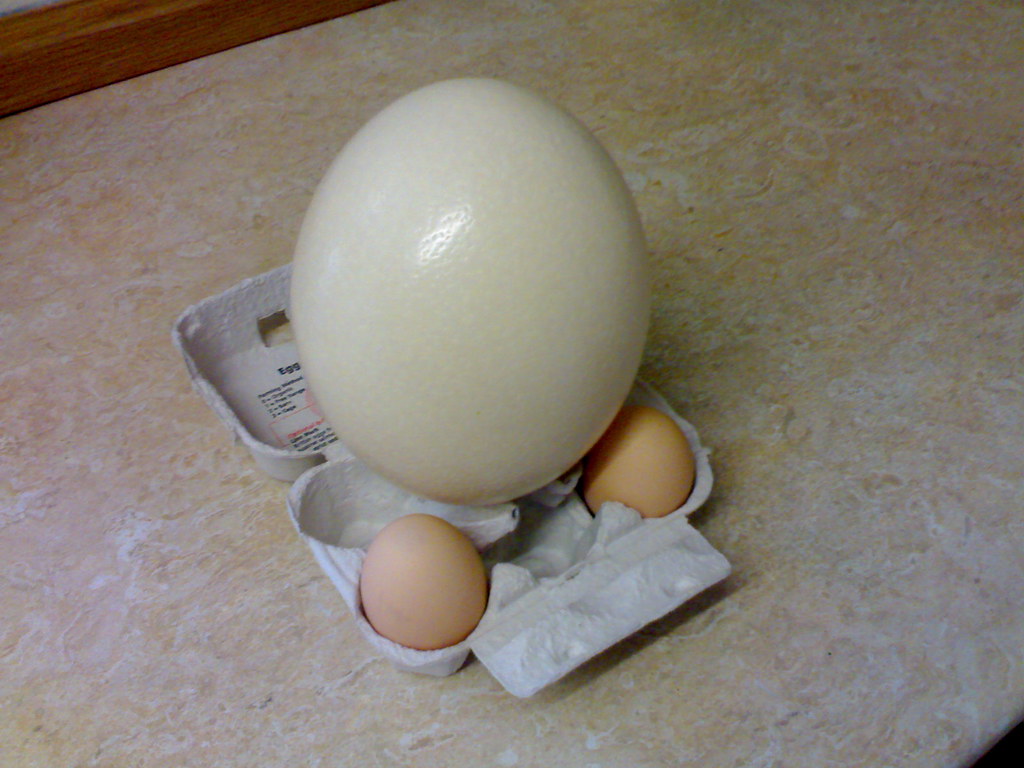
The shells of the world’s largest bird eggs represent engineering marvels that balance seemingly contradictory requirements. In ostrich eggs, the shell measures about 2mm thick—substantially thicker than a chicken eggshell at 0.3mm—and is composed primarily of calcium carbonate crystals arranged in a complex matrix. This structure must be strong enough to support the weight of an incubating parent (which can exceed 250 pounds in ostriches) while preventing predators from accessing the contents. Simultaneously, the shell must be porous enough to allow oxygen transfer and eventually weak enough for the chick to break through when hatching. Scientists have discovered that ostrich eggshells contain specialized crystal structures and organic proteins that create a material with remarkable impact resistance while maintaining necessary permeability through thousands of microscopic pores distributed across the surface.
Specialized Adaptations for Incubation

Large bird eggs contain specialized adaptations for their unique incubation environments, particularly for ground-nesting species like ostriches and elephant birds. Chalazae—rope-like strands of albumen—anchor the yolk in the center of these massive eggs, preventing the embryo from pressing against the shell and potentially suffering damage. The eggs also feature specialized membranes that regulate water loss through the shell, a critical function in the often hot, arid environments where ostriches nest. Another remarkable adaptation is the non-uniform distribution of pores across the shell, with higher concentrations at the blunt end where the air cell forms. This asymmetrical design helps maintain proper gas exchange while minimizing water loss during long incubation periods that can leave the egg exposed to harsh environmental conditions.
Nutritional Content: A Feast for Growth
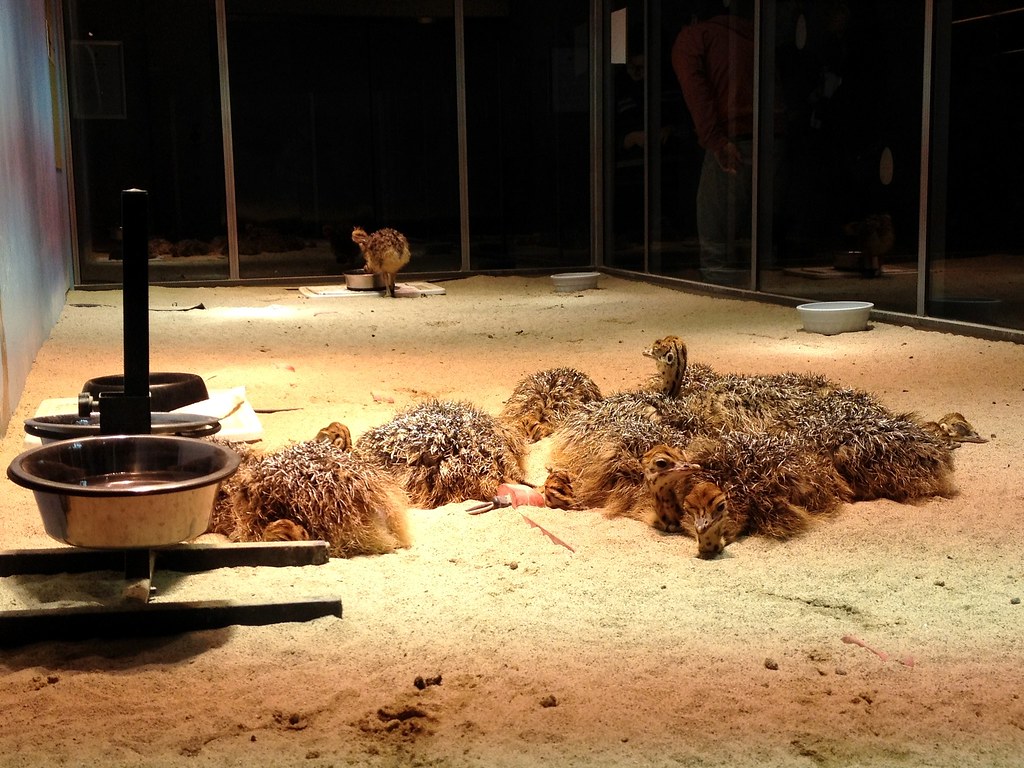
The nutritional profile of large bird eggs represents one of nature’s most complete food packages, scaled up to impressive proportions. A single ostrich egg contains approximately 2,000 calories, 47% fat, and 47% protein, with the remaining 6% consisting of carbohydrates, vitamins, and minerals. The yolk alone contains massive amounts of essential fatty acids, fat-soluble vitamins (A, D, E, and K), and minerals including iron, calcium, and phosphorus. The albumen provides additional protein through various types of albumins and globulins, along with enzymes that help the embryo digest and utilize these nutrients efficiently. This nutritional bounty supports not only the development of the embryo but also provides energy reserves that the newly hatched chick will rely on during its first days of life before it begins feeding independently.
The Hatching Process: Breaking Free
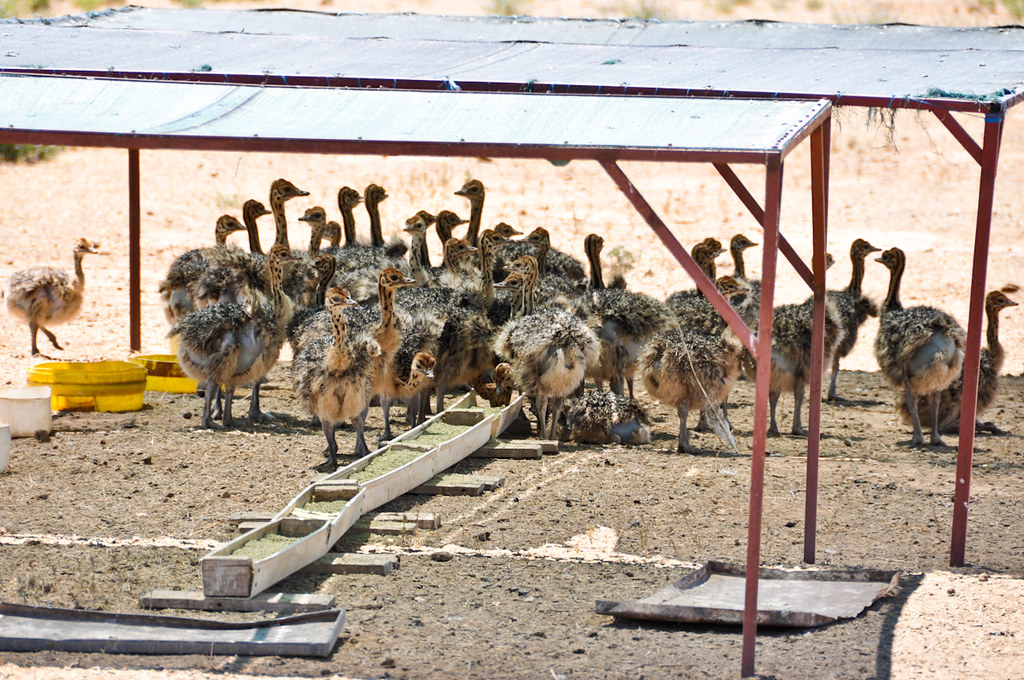
Hatching from the world’s largest eggs requires extraordinary effort from the developing chick, a process that can take up to 24 hours for ostriches. After completing development, the chick must break through membranes and shell using a combination of specialized tools and techniques. The process begins with internal pipping, where the chick penetrates the membrane separating it from the air cell and takes its first breath. Next comes external pipping, where the chick uses its egg tooth—a temporary hard projection on its beak—to create the first crack in the formidable shell. Unlike smaller birds that might turn within the egg to create a neat cap, ostrich chicks must laboriously chip away at the thick shell in a more random pattern. Throughout this exhausting process, the chick alternates between periods of intense activity and rest, gradually weakening the shell until it can finally push its way out into the world.
Cultural and Historical Significance
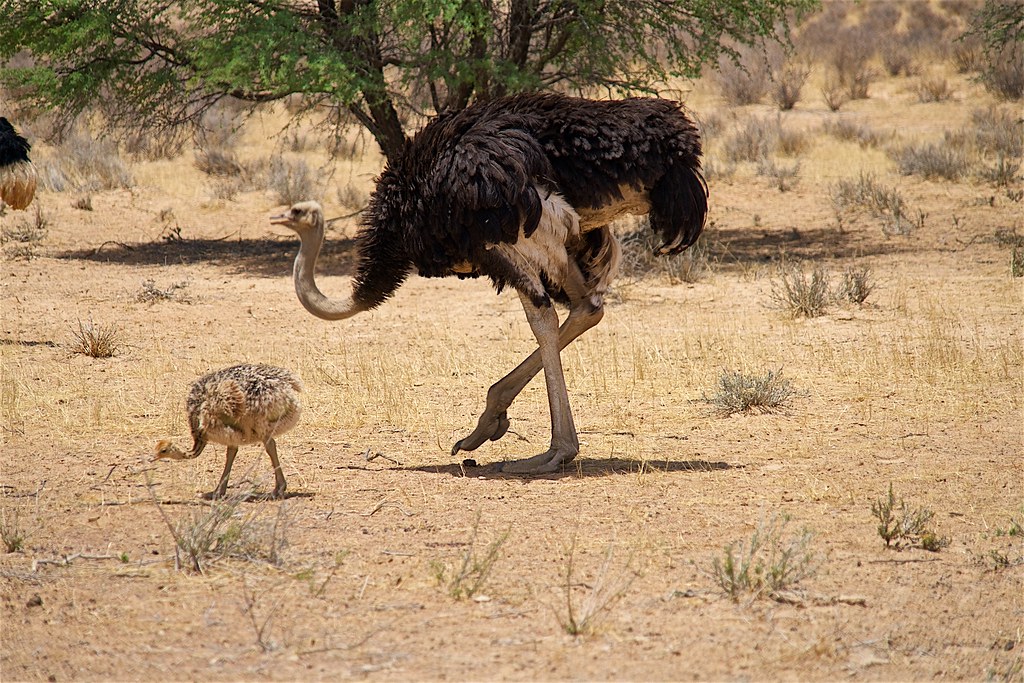
Throughout human history, the eggs of the world’s largest birds have held special significance across cultures. Ancient Egyptians used ostrich eggs as funeral offerings in royal tombs, believing their size and durability symbolized rebirth and eternal life. For the San people of southern Africa, decorated ostrich eggshells served as water containers, with a single egg capable of holding enough water to sustain a person on long journeys through arid regions. In Madagascar, elephant bird eggs were highly valued by local communities, who used fragments as containers and incorporated the eggs into religious practices and origin myths. These massive eggs have also contributed significantly to scientific understanding, with preserved specimens and fossilized eggshells providing valuable insights into extinct species and ancient ecosystems that would otherwise remain mysterious.
Conservation Implications of Large Bird Eggs
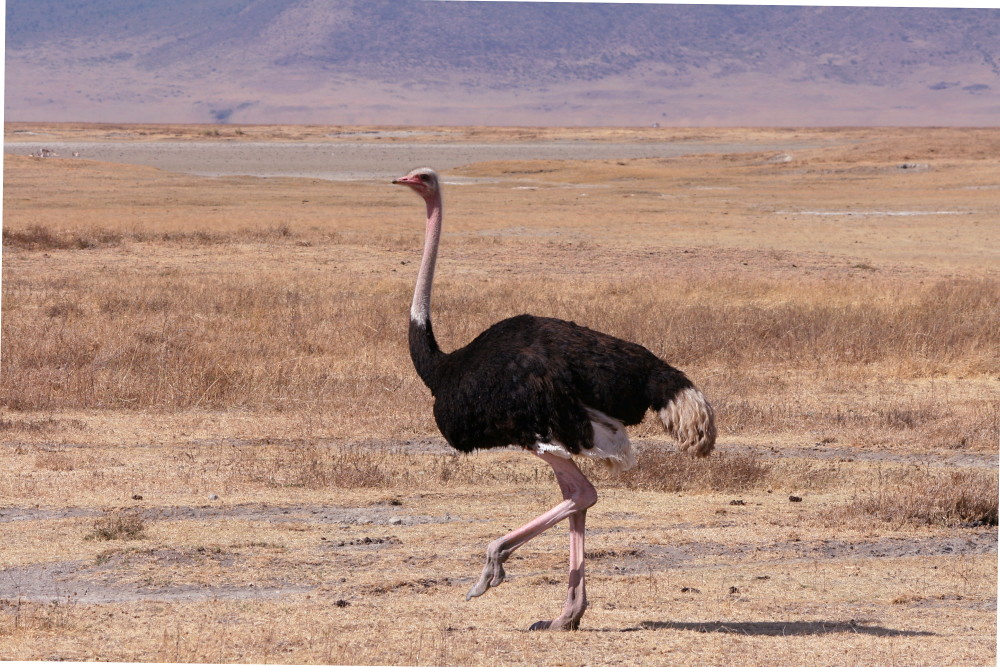
The production of extraordinarily large eggs represents both an evolutionary marvel and a potential vulnerability for the species that lay them. Large eggs require significant maternal investment in terms of calcium, protein, and energy, making the reproductive process particularly demanding for female birds. For ostriches, which remain the only extant producers of truly massive eggs, conservation efforts must consider the specialized nesting requirements and incubation behaviors tied to their large eggs. Historical evidence suggests that human exploitation of elephant bird eggs likely contributed to their extinction, as the birds could not reproduce quickly enough to offset egg collection by humans. This cautionary tale highlights the importance of sustainable practices in modern ostrich farming and the protection of wild ostrich populations, ensuring these magnificent birds and their remarkable eggs remain part of our world for generations to come.
The world’s largest bird eggs stand as marvels of natural engineering, containing all the necessary components to transform a single cell into a fully-formed bird capable of surviving in harsh environments. From the extinct elephant birds’ canoe-sized eggs to the modern ostrich’s impressive offerings, these biological wonders showcase nature’s ingenuity in solving the challenges of reproduction without maternal body connection. The specialized structures, nutrient reserves, and developmental adaptations found within these eggs represent millions of years of evolutionary refinement. As we continue to study these remarkable creations, they offer valuable insights into avian biology, evolution, and the intricate processes that bring new life into the world—all packaged within nature’s most perfect container.
